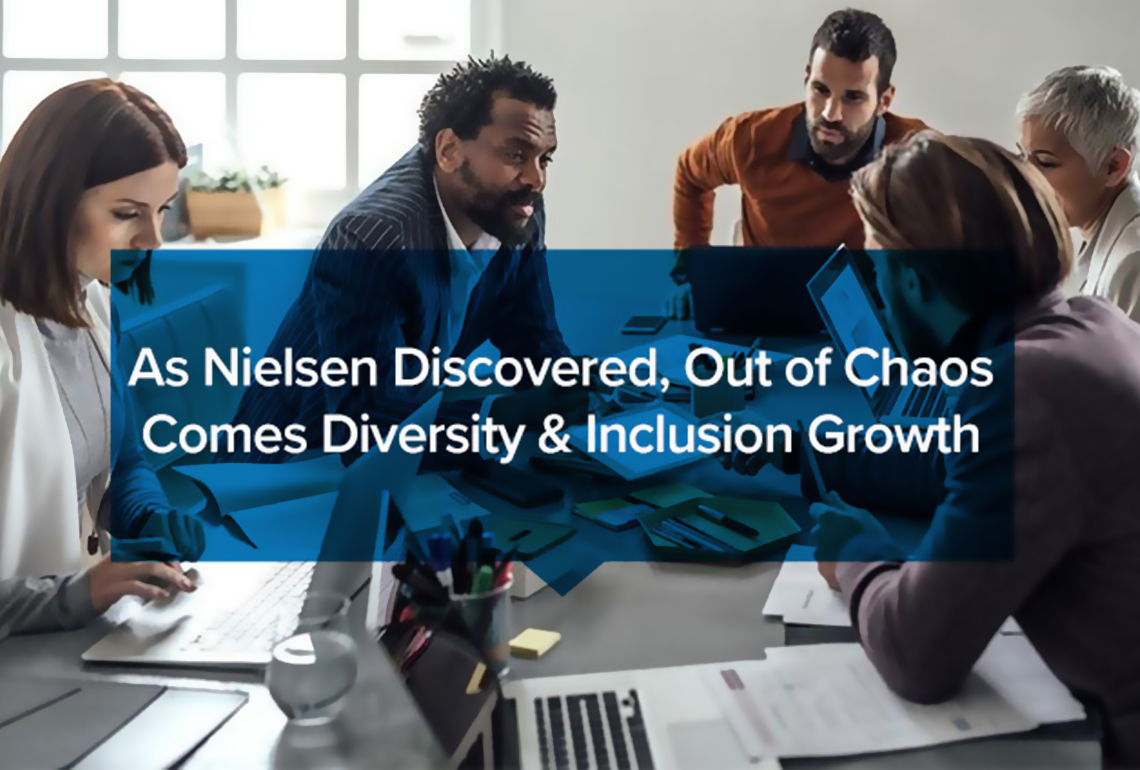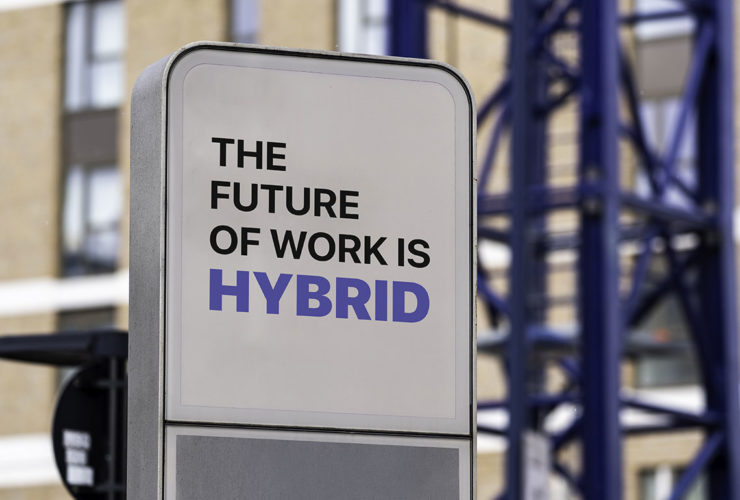One phenomenon pushing companies toward examining their diversity and inclusion initiatives is the power of collective voices. When stakeholders (including employees) see social injustices happening within or outside of their respective organizations, organic coalitions form to demand change. Modern employees, realizing there is strength in numbers, are ditching solo change efforts and embracing collective call-to-actions. And it is working.
Companies like Amazon, Google and Starbucks have seen the disruptive change within their companies. For instance, in 2018 when 2 black patrons were arrested in a Philadelphia Starbucks for asking to use the bathroom, both customers and employees threatened to boycott the powerhouse coffeeshop if racial profiling continued. In response, Starbucks, at a cost of $7 million in lost revenue, shut down all operations for one day to hold racial bias training for all 175,000 employees.
A similar phenomenon happened at Nielsen Ratings, the iconic consumer behavior survey specialists. Don Lowery, SVP of Corporate Reputation, Public Affairs at Nielsen, shared with us recently on a podcast, “We had absolutely no formal operation…Our D&I journey, as I call it, started as a result of some objections that we were facing when we were changing the methodology for measuring local television.”
Focused diversity and inclusion efforts kicked off in 2005 when a coalition of critics, comprised mainly of news organizations and the Don’t Count Us Out coalition asserted how Nielsen gathered ratings was “undercounting minority TV reviews.” According to the New York Times, Nielsen formed a 21-member task force, independent of the company to research how their collection methods impacted minority (“urban”) viewers.
After approximately a year of work, the task force proposed several suggestions to Nielsen. The article stated, “The recommendations (of the task force) range from the technical, on the fault rates of meters used by Nielsen to gather data; to the practical, on the composition of the staff Nielsen sends into the field; to the idealistic, urging the creation of ‘a culture of diversity’ within Nielsen.” Nielsen quickly took action.
However, in 2018, when Nielsen changed their data collection methodology from paper surveys to an electronic tool, according to Broadcasting + Cable, complaints similar to those in 2005 resurfaced. Lowery stated, “Community organizations in concert with a news corporation were protesting whether or not our ratings actually reflected communities of color.” After some exploration, Niesen determined the new electronic tool may not have reflected that population well and took action to make it representative.
The good news? These external forces prompted Nielsen to examine the internal D&I programs as well. The chaos of protests was the catalyst for lasting D&I growth within the entire Nielsen organization which have spanned almost 15 years. Not only did a relentless focus on internal initiatives create momentum and engagement across internal departments, but became an organizational philosophy that all business operations should be looked at from the lens of diversity and inclusion. Not only was it the right thing to do, but it was also smart business.
So what should you do if your company struggles with creating lasting diversity and inclusion initiatives, specifically in recruiting? Here are a few places you can start:
- Start somewhere. Fixing a systemic diversity and inclusion problem takes time. Some organizations get so overwhelmed they overthink the diversity and inclusion problem and solution efforts stall. A diversity and inclusion initiative can start with something as simple as a mentor program, a book club or a small employee resource group supporting one of several minority groups.
- It’s a marathon, not a sprint. Diversity and inclusion initiatives don’t stick if you create “check-the-box” one-off programs. For instance, placing job ads in niche job boards or in traditional schools of color is a great start, but that alone doesn’t change non-inclusive behaviors or mindsets. In addition, you have to create programs, inclusive for all employee demographics (people of color, LGBTQ, and, yes, white men) that allow for candid conversations, group interactions, forums to bounce ideas off of one another, and tools that will help with skills outside the office.
- Pick one metric to improve your hiring. Kayla Kozan of Ideal stated, “The simplest way to improve your diversity hiring is to pick one metric to improve upon. For example, maybe it’s increasing the percentage of qualified female employees in tech-related roles by 10% within 6 months. Or increasing the percentage of qualified visible minorities on your sales team by 15% within 12 months”
I invite you to listen to the entire podcast to learn more about the robust diversity & inclusion initiatives Nielsen has implemented and how these programs changed the way they conduct their entire business operations. Listen Now







